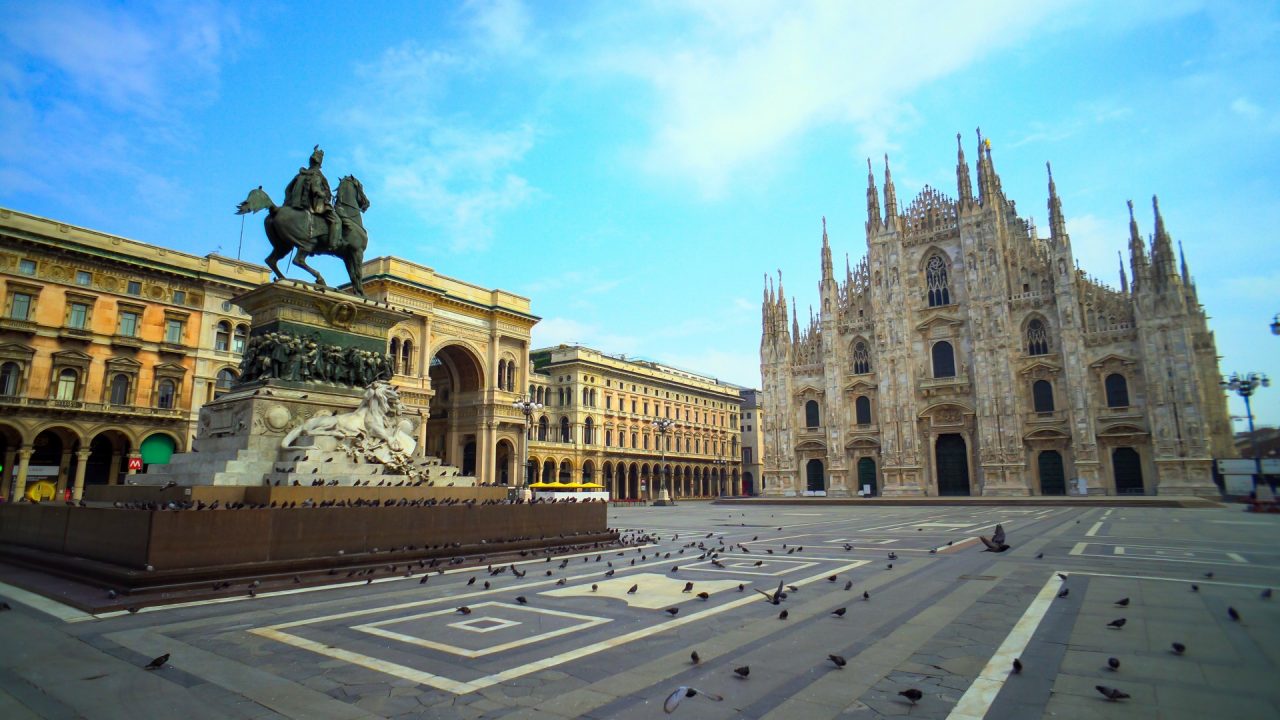How to deal with the economic crisis triggered by the global coronavirus emergency? Launch jointly-coordinated strategic infrastructure development plans for large-scale investment projects, says the Organisation for Economic Co-operation and Development in an interim assessment entitled “Coronavirus: The world economy at risk.” The world economy is in danger of shrinking as businesses and international trade grind to a halt, said the report dated March 2. It urges governments to enact policies that give massive support to investments.
In this first phase of the crisis, most governments are focusing on approving the emergency rescue packages that protect the spending power of families and ensure that companies can survive. In the next phase — explains the OECD – governments will need to open the way for robust public investment plans, starting from the development of infrastructure.
OECD: infrastructure investments to relaunch the global economy
Once the health emergency is over, reconstruction will be at the top of the political agenda. Some countries will be affected more than others, but in general the Covid-19 emergency will leave its mark on most global economies. To relaunch growth, the OECD recommends “more decisive public investment than ever before,” which must also be directed to sectors that are natural growth drivers.
Among these is strategic infrastructure, which the OECD says is essential to restart the engine of the economy. Massive investments, therefore, from governments but also from investment funds, because this is one of the best times to take on debt and invest, points out the OECD. Long-term interest rates are zero, which makes it favorable to raise financial resources on the market.
“Enhanced use of strategic infrastructure plans that integrate central and sub-central governments, or special public investment funds, could help to prioritise and support long-run large scale investment projects,” says the report.
This is the same message launched by U.S. President Donald Trump, who a few days ago proposed a $2 trillion infrastructure spending plan, explaining that the current rock bottom interest rates mean this moment of crisis can also be an unmissable opportunity.

How governments are responding
Many governments are already taking the OECD’s advice. In the United States, after the launch of the $2.2 trillion emergency rescue plan approved by Congress at the end of March, President Trump upped the ante in a tweet calling on Congress to approve a $2 trillion infrastructure spending package. Low interest rates make it an ideal moment, he wrote.
China is already a step ahead of the U.S., where the government is working with many local administrations on a $3.6 trillion spending plan for the next five years. The package of measures includes a series of strategic infrastructure works, including the renovation of 500 motorways. Sichuan Province alone has submitted a list of 700 strategic projects to the central government, to be carried out in the short term. For 2020, the central government has already planned infrastructure works worth $500 billion.
In Europe, the United Kingdom is taking this route. At a time when the number of new cases is still growing – including even Prime Minister Boris Johnson himself — the government wants to spend $825 billion to modernise the infrastructure network. The 2020-2025 plan is the U.K.’s largest state intervention in the economy since the 2008 financial crisis.
The European Union has also activated a series of measures to support Member States’ economies, measures that to date are mainly aimed at containing the daily emergency and the economic collapse due to the lockdown imposed in most countries of the continent.
OECD forecasts
In addition to human suffering, the risk linked to the spread of the coronavirus is a considerable destruction of the wealth created in recent years, says the OECD.
The Organisation said “growth prospects are highly uncertain” because much will depend on how long the health crisis will last. “Annual global GDP growth is projected to drop to 2.4% in 2020 as a whole, from an already weak 2.9% in 2019, with growth possibly even being negative in the first quarter of 2020,” the interim assessment said. The OECD is forecasting an economic recovery 2021 once the emergency is over. This goal can only be reached with by massive government spending that will include anti-cyclical investment in a sector like infrastructure.

